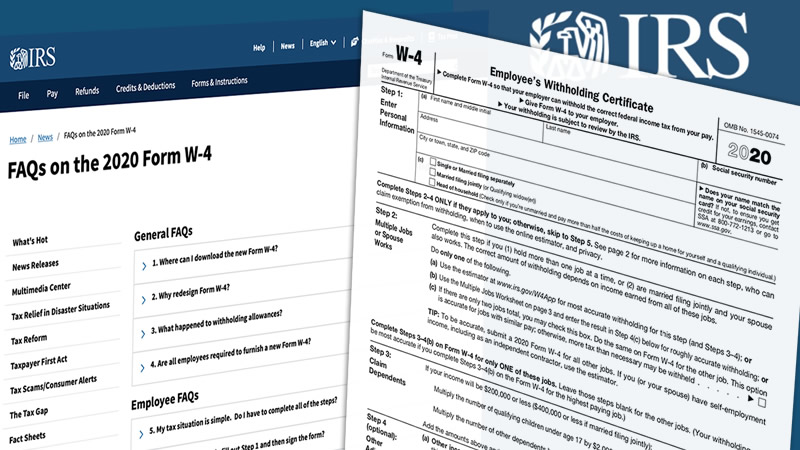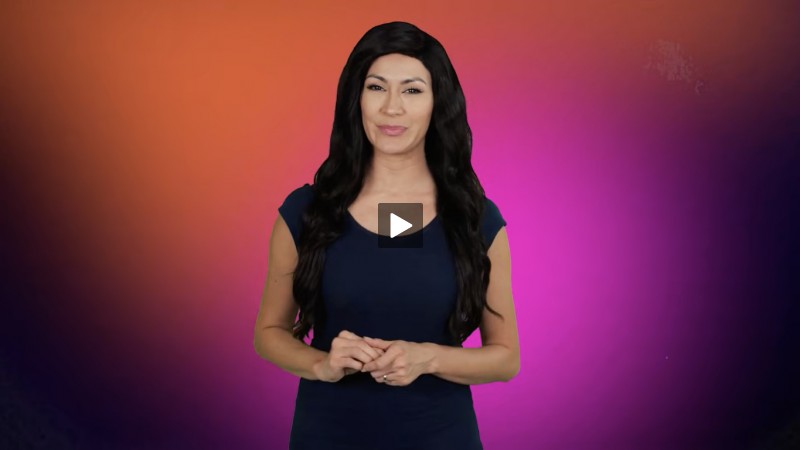Tips and Tools to Help with Retirement Planning
- Details
- Written by Remar Sutton
- Category: Articles

Have you started planning for retirement? Whether retirement is just a few years away or decades, these tips and tools can help you keep your plan on track.
The sooner you start saving, the more time it has to grow.
Create Your my Social Security Account
A my Social Security account is free and is available to everyone who is at least 18 years old and has a Social Security number. An account allows you to get your Social Security statement, get personalized retirement benefit estimates. Create an account on the Social Security website. Regularly checking your statement allows you to check your earnings history and make sure it is correct. Once you begin receiving benefits you can change your address and manage your direct deposit.
To create an account, you will need to verify information about yourself. In addition, you will need a valid email address and a U.S. mailing address.
Plan When to Start Receiving Social Security
You have a choice on when to start receiving your Social Security benefits. The longer you wait the larger your monthly amount. Full retirement age ranges from 66 for those born from 1943 to 1954, to 67 for those born in 1960 or later. For those born in 1955 through 1959, full retirement age gradually increases in 2 month increments from 66 year 2 months (1955) to 66 years 10 months (1959).
Other choices include early or delayed retirement. You can start receiving benefits as early as 62 but your monthly amount will be less than the amount received at full retirement. If you delay benefits beyond your full retirement age, your benefit will continue to increase up until age 70.
You can get a retirement estimate based on your actual earnings history through your my Social Security account. Or you can a rough estimate with this tool from the Consumer Financial Protection Bureau (CFPB).
Take Advantage of Retirement Accounts
Retirement accounts are designed to save specifically for retirement. There are usually tax advantages for contributing to these plans.
If your employer offers a retirement account, such as a 401(k), sign up. If your employer matches your contribution, try to contribute enough to qualify for the match.
Even if your employer doesn't offer a retirement account, you can still save for retirement through an IRA (individual retirement account).
A tip: The sooner you start saving, the more time it has to grow.
The IRS provides more information about types of retirement plans.
For more retirement planning tips, check out this brochure from the US Department of Labor.


































